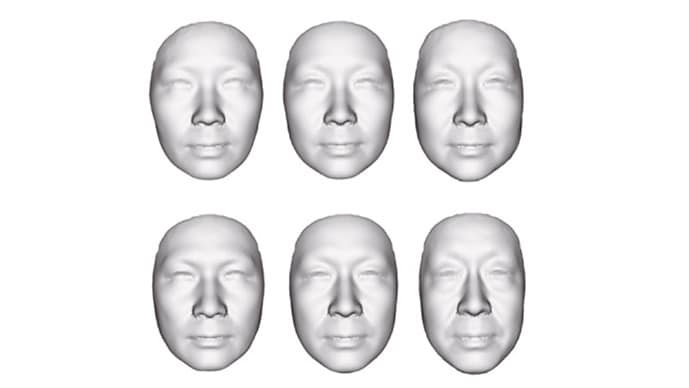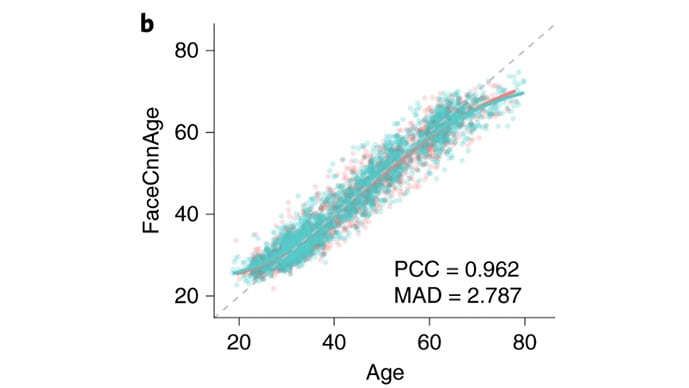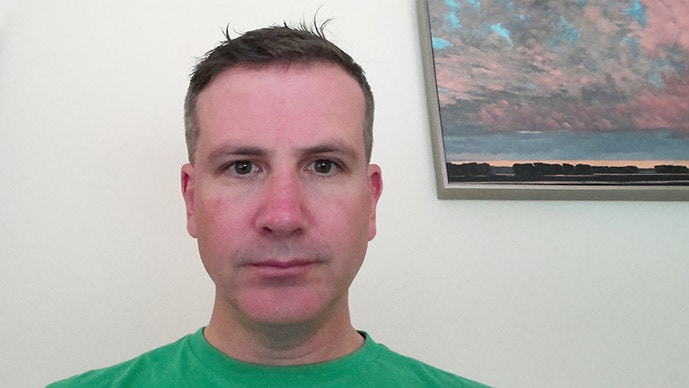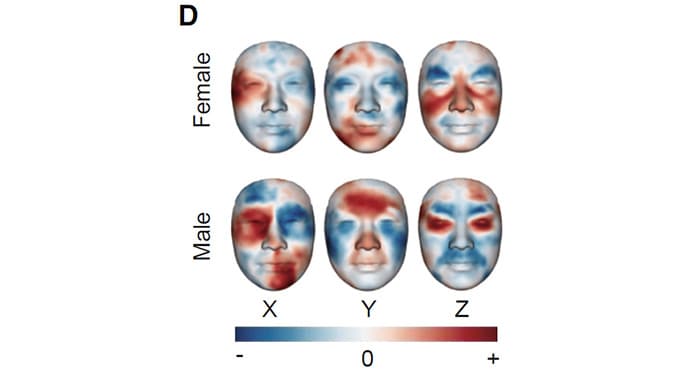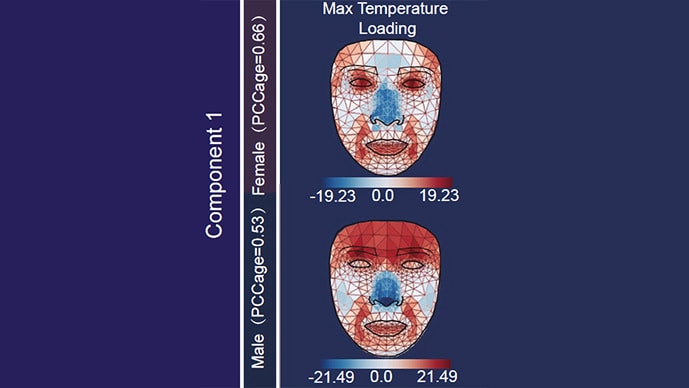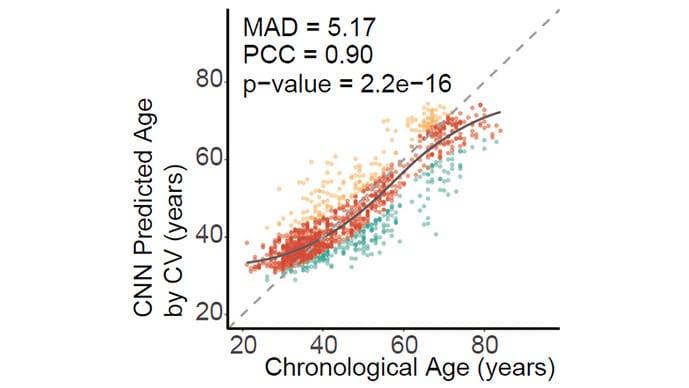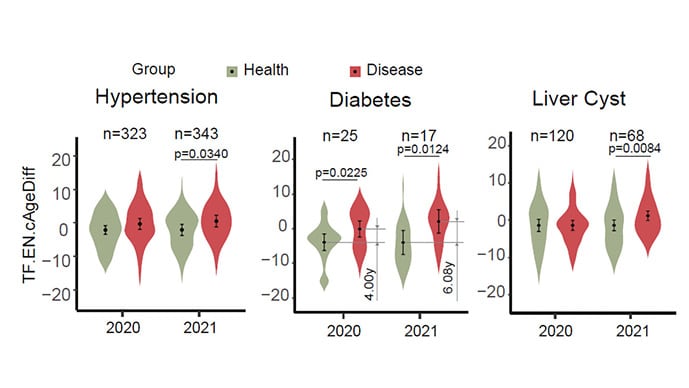by Petr Svab via The Epoch Times (emphasis ours),
Is crime rising or falling across the United States? National crime trends have been difficult to track in recent years because of changes in the way that police departments report their statistics to the FBI.
But by examining crime data from large police departments individually, a clearer pattern emerges.
The Epoch Times’ analysis of data going back several years shows that while the major crime spike that plagued the United States’ largest cities has ebbed, crime rates are still exceeding numbers from before the 2020 summer of protests and riots.
Car theft, in particular, has remained high. Robbery, on the other hand, has declined significantly in some large cities.
The analysis has focused on the top 10 most populous cities and the four offenses of murder, robbery, aggravated assault, and car theft, which tend to be the most reliably reported to the police, according to the National Crime Victimization Survey conducted by the Census Bureau.
New York City, Pop. 8.2 Million
The country’s largest city suffered a surge in violence starting in mid-2020 as a wave of protests and riots hit the country following the death of George Floyd in police custody in Minneapolis.
Shootings doubled that year, with more than 1,850 wounded or killed. Car theft, after dwindling for decades, shot up by 66 percent, NYPD data show.
Crime continued to rise in 2021, with 488 people murdered—the most in a decade.
In 2022, murder declined by about 10 percent, but instances of other serious crimes kept increasing. Car theft was up by more than 150 percent from 2019. Major theft (of items worth more than $1,000 in value) and felony assaults reached numbers unseen since the 1990s.
Violent crime subsided a step further in 2023. Murder dropped by another 11 percent but was still more than 20 percent above the pre-2020 numbers. Meanwhile, car thefts and felony assaults went up again.
This year, so far, murder appears to be further receding, though still holding stubbornly 20 percent above 2019 numbers for the same period. Robberies and felony assaults, however, are both up from last year and more than 40 percent above 2019 levels. Car theft has eased up, yet the rate is still double that of 2019.
Los Angeles, Pop. 3.8 Million
Los Angeles is following a similar trajectory to New York City. Crime surged in 2020 and continued to rise until 2022, aside from murder, which peaked in 2021 with 401 fatalities—the worst since 2006.
Based on incomplete data, crime seems to have declined a bit in 2023, although murder is still 30 percent above the 2019 level, felony assault is up by about 17 percent, and car theft is up by more than 70 percent.

This year, it appears that the LAPD hasn’t been releasing its weekly crime reports. A spokesman reached by phone said the department is switching to a new system so the reports aren’t available.
The department provided some figures for this year up to June 22: Violent crime had been up by 3.5 percent from the same period in 2023, and so was murder. Robberies were up by 18.5 percent, and burglaries up by 4.2 percent. Property crime dropped by 3.1 percent.
Chicago, Pop. 2.7 Million
Chicago experienced a giant spike in murder in 2016. But by 2019, it had just about managed to get it under control. Then 2020 hit and, just as with other cities, violence exploded anew and continued upward in 2021, which resulted in 811 murders—the most since 1995.
Since 2022, murders have decreased, but other crime has continued to rise. So far this year, murder is up by 20 percent compared with the same period in 2019, robbery is up by 40 percent, aggravated battery is up by 4 percent, and car theft is up by 150 percent. Last year, nearly 30,000 cars were stolen in Chicago—the most since at least the year 2000.
Houston, Pop. 2.3 Million
Houston was still trying to contain a wave of violence that started in 2015 when another wave hit in 2020. The following year, in 2021, the city recorded 471 murders, making for its highest homicide rate since 1994.
The violence has eased since then, but last year’s murders still outpaced 2019 by more than 20 percent.
In the first four months of this year, murders seem to have further abated, although aggravated assaults are still nearly 20 percent above the same period in 2019 and car theft is almost 50 percent higher.
Robberies, on the other hand, have been on a steady decline since 2019—down by 25 percent in 2023.
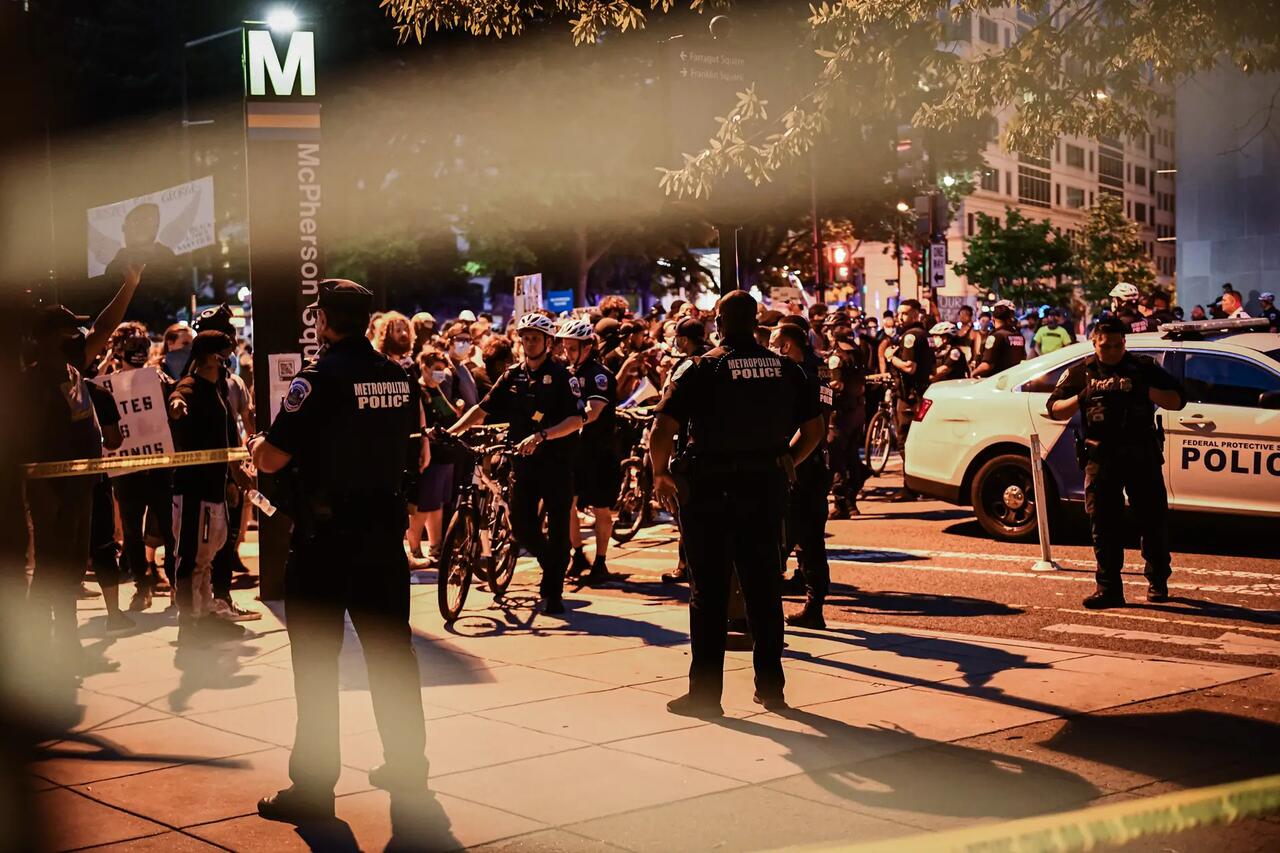
Phoenix, Pop. 1.6 Million
Phoenix followed much the same trajectory, with a spike in violence in 2016, another increase in 2020, and a peak in 2022 when 217 people were killed, making for the city’s highest murder rate since 2007.
In 2023, violence somewhat declined, but car theft jumped by 22 percent.
In the first quarter of this year, the city managed another reduction in murders because of a particularly calm March, with five murders. Car thefts and aggravated assaults barely budged, though, and robberies are up by 17 percent compared with the first quarter of 2023.
